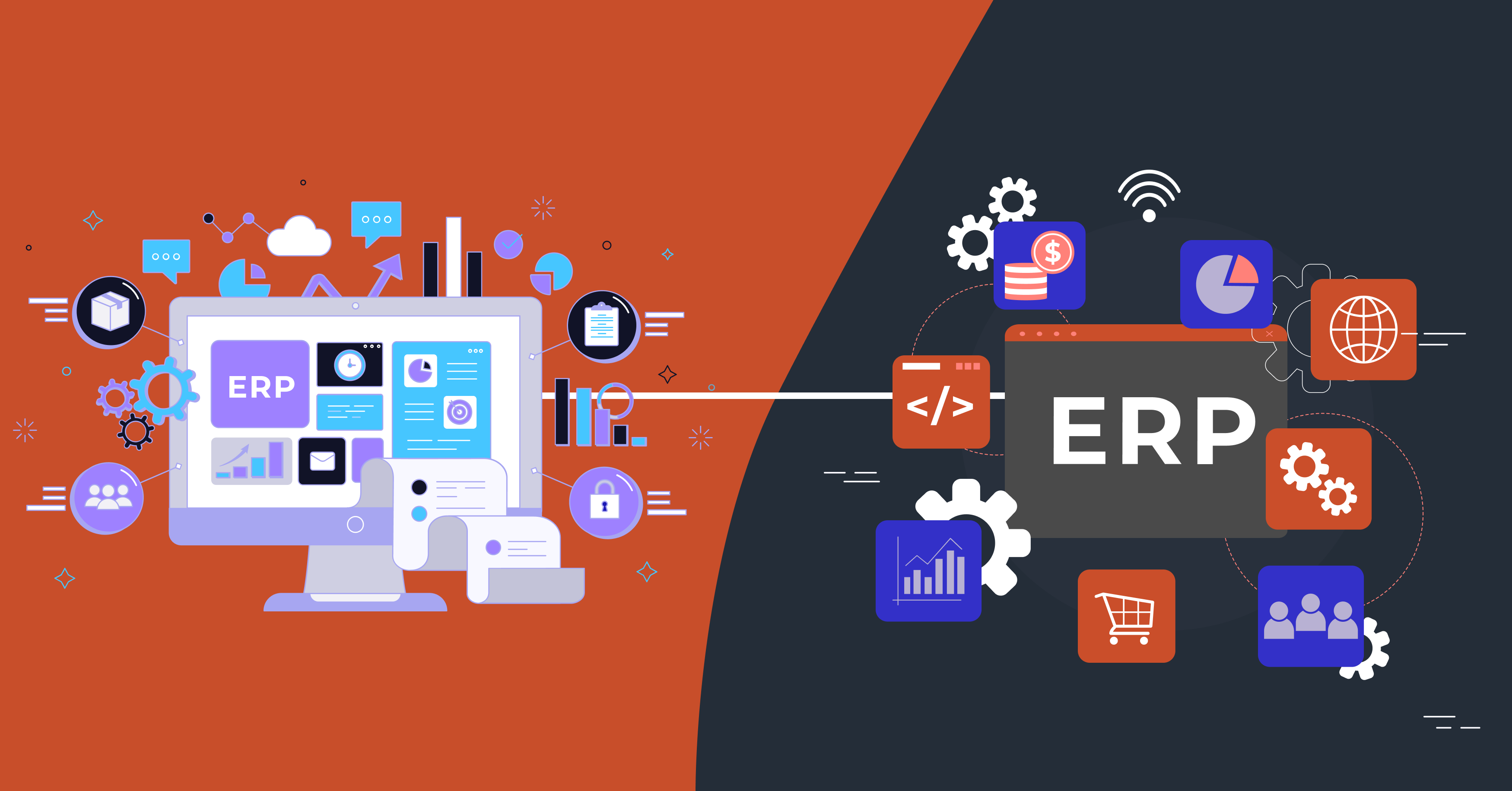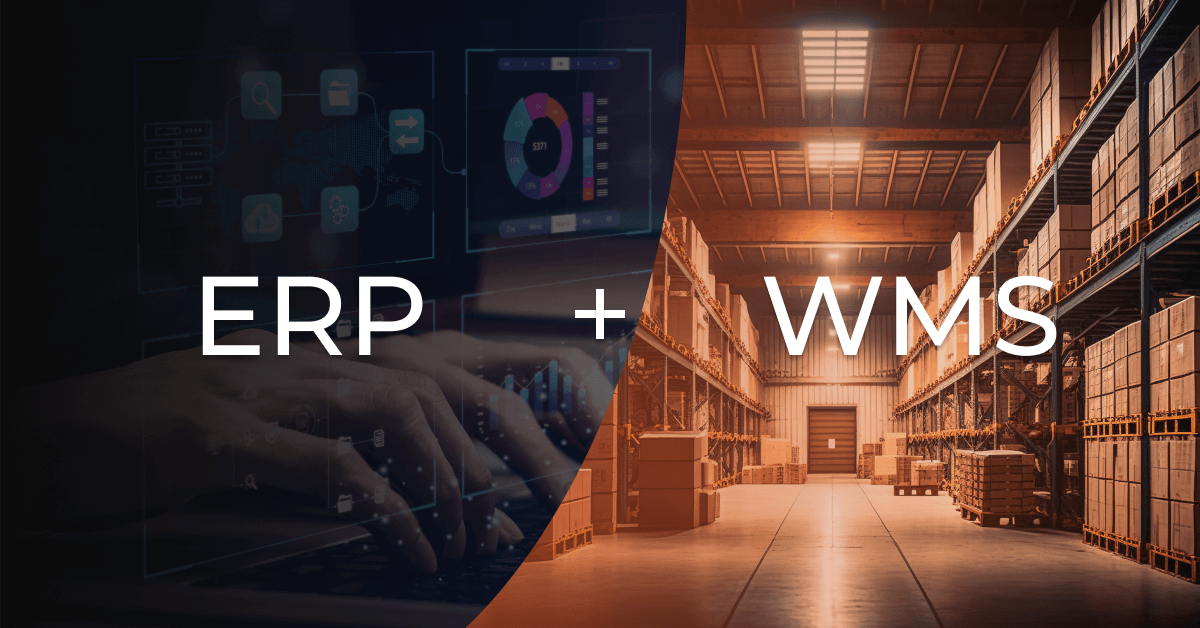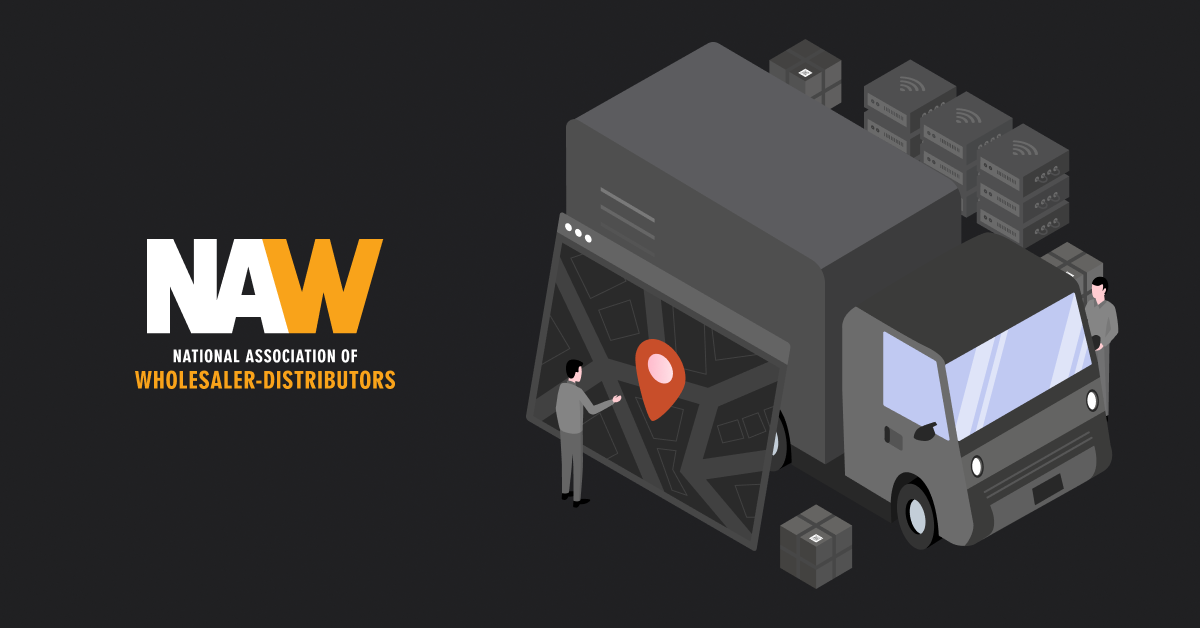When most businesses think about B2B integrations they think about ERP to eCommerce or ERP to CRM or some variation of this, as these are some of the most common integrations you will find. However, we are starting to see more and more ERP to ERP integration. A good example of this is when a manufacturer opens up their ERP system through APIs for distributors to access and pull information from the manufacturer’s system right into their own ERP.
On the surface, this may seem like a “Cool” feature: something that might be neat to have but not at the top of your list when allocating time and resources. You’re probably thinking “I already have access to this through a manufacturer portal or some other means, which works, so why care now?”
However, when you dig deeper into what these APIs allow you to do—coupled with busy customers, inventory constraints, constant price changes, and global employee shortages— you’ll note that the time and resources this can save you will far outweigh the cost to implement it. Additionally, there’s increasing competition and the fact that your customers are going to buy from whoever has inventory or can quickly and accurately give them an estimate on when they may see their product.
Suppliers are opening up APIs to their customers for things like inventory, pricing, product information, invoicing, order status, shipping information, and more allowing for easier access to critical data points your employees and customers need.
Let’s dive into some of these scenarios a little further to truly bring out the value in them.
Read More: Boost the Power Of Data Automation With DCKAP Integrator P21 API
Order Status & Tracking Information
If I was going to rank APIs from most important to least important this would be #1. With a lot of businesses still dealing with supply constraints as well as employee shortages, being able to get updates on open orders with your suppliers is critical. Imagine your customer service team being on the phone with a customer looking for an update on backorder in a rush—just one such example of ist requirement on an average day.
Another, as in a lot of circumstances, is when purchasing agents are required to manually enter order information such as estimated delivery date, actual ship date, order status, line item status, and more. With the help of the API, you can remove hours of work each day that your purchasing department is either already doing or you wish they would be.
These APIs can also allow you to pull in tracking information right into your system so once an item ships from your supplier. This negates the need for you to contact them to get shipping information or log into a portal to try and find the information you need. You already have it right at your fingertips: a few clicks away in your ERP system.
Having this information can help give your customers clarity as to when they might see their product. More importantly, it brings this information right into your system, allowing you to create more detailed reporting to help your company make better buying decisions. It also allows you to also be proactive with the customer, by even allowing you to give them estimated lead times before they ask.
Pricing
This feature would be #2 on my list of APIs. Pricing has been a constant change with prices going up and up over the last few years and staying ahead of it is a daunting task. Especially when distributors were used to getting 1 maybe 2 price increases in a year and now they are seeing them at sometimes over once a month. In a lot of cases, price increases have been a very manual process, especially for small to mid-size distributors. With so many price increases, implementing them has become a time-consuming task.
These APIs can help to streamline these processes drastically. You can set these APIs to go out and grab the latest pricing. They can also provide the future prices if your manufacturer gives provides that data. You can then pull this information into your system. Depending on the capabilities of your ERP system you can add variables and calculations to automate most of the process, leaving your team to spend only a fraction of the time on the changes as before. All they’d need to do in some cases is review the pricing to check for accuracy and/or any potential problems.
Inventory
This one is an interesting and useful one that can have multiple benefits to it especially given supply issues, however, I wouldn’t say it wouldn’t be at the top of my list if I was ranking them. Given the current supply challenges, possibly even set to worsen, knowing your supplier’s inventory and lead time is incredibly useful information for your internal teams and your customers.
Depending on the capabilities of the ERP system, we have seen instances where the distributor has been able to create a button in their system that, when clicked, sends a request for inventory for that specific product and then returns the current inventory level. This requires a little more work however it does allow for the ability to get the accurate inventory level without having to leave your system.
Recommended Read: Inventory Management for eCommerce Explained
Invoicing
Getting information on invoices into your system can be a long and time-consuming task, especially for large distributors who receive large numbers of invoices from a single supplier. Allowing for integration between your system and your supplier’s systems can save you countless hours of manually entering invoice information into your system. This allows for more time to be spent tracking and getting those invoices paid. This information can be pushed right into your ERP or your accounting software.
Product Information
As digital commerce continues to expand, the need for good quality product content becomes more and more important. Manufacturers and large suppliers are realizing this need and have been improving the content for their distributors. These product APIs can make it easier for the distributor to access and use this improved content by pushing it to their ERP system and then eventually onto the digital commerce platform. In some cases, they are making a direct connection from the Product Information API right into their Digital commerce platform or PIM solution.
If your PIM has the capability, pushing this type of data right into your PIM solution may be your best option, since you can push this same product data from the PIM to all of your digital channels, as well as back to a CRM or ERP if they are all synced to your PIM.
Recommended read: ERP Data Integration With Other Systems
In Conclusion
The need and access to the APIs will continue to grow. Right now, there are more APIs open in a single direction, usually from the manufacturer to the distributor. However, in the very near future, we will start to see more two-way API integrations that will allow distributors to share information back to their manufacturing partners, including sending orders across instead of doing them manually or through EDI.
The key to successfully implementing these APIs is having an integration platform that allows for flexibility. This flexibility can be crucial, especially because some suppliers put restrictions on what information can be pulled, how often you can pull data, and whether it can be pulled in batches or item by item. For example, If you have to do it Item by item and you have 100k+ SKUs, you don’t want to be pulling pricing or inventory constantly—it will tax not only the supplier’s system but your own as well.
Having the flexibility to schedule different data pulls at different times or on-demand is crucial or having a platform that allows for easy data mapping and modifiers to possibly concatenate data to match requirements that may exist in your system but not in that of your suppliers.
Contents




